Strategies and Methods for Reducing the Cost of Home Solar and Battery Energy Storage Systems
In today’s era of pursuing sustainable energy and energy independence, home solar and battery energy storage systems are gradually becoming the choice of more and more families. However, the initial investment cost of such systems can be relatively high, which makes many people hesitate when considering installation. Nevertheless, through the adoption of a series of wise strategies and methods, the cost of home solar and battery energy storage systems can be effectively reduced.
First of all, optimizing the system scale is a crucial step in reducing costs. Before deciding to install a home solar and battery energy storage system, a detailed understanding of the actual energy needs of the household is essential. This requires a comprehensive analysis of the household’s past energy usage, including the electricity consumption of various appliances, differences in electricity usage in different seasons and time periods, etc. Through precise calculation, the number of solar panels and battery capacity needed to meet the daily needs of the household can be determined. If the system is overconfigured, not only will the unnecessary equipment purchase cost increase, but it may also lead to resource waste.
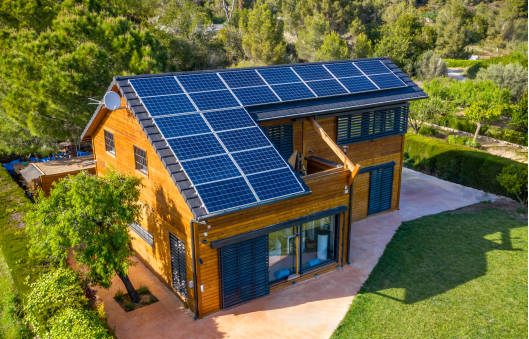
For example, a family of four, after careful analysis, found that their main electricity consumption peak in summer was the operation of air conditioners, while electricity consumption was relatively stable in other seasons. Through detailed electricity consumption records and calculations, they determined a moderate-scale solar panel and battery energy storage system that could meet daily needs and avoid the high cost caused by overconfiguration.
Selecting the right products is also an important link in reducing costs. Currently, there are a wide variety of brands and models of solar panels, batteries, and related components in the market, with varying prices and qualities. When choosing, it is necessary to conduct sufficient market research and comparisons. Do not be solely attracted by low prices while ignoring the quality and performance of the products. Although high-quality products may have a slightly higher price at the initial purchase, they often can provide more efficient energy conversion rates, longer service lives, and better stability in long-term use, thereby reducing the total cost of ownership.
At the same time, attention can be paid to some emerging brands or second-tier brands, which may be more competitive in price while the quality can also meet the basic requirements. In addition, purchasing last year’s models or slightly outdated but still functional products can sometimes result in significant price discounts.
Government subsidies and incentive policies are powerful supports for reducing costs. To promote the development of renewable energy, local governments usually introduce a series of subsidy programs, tax incentives, or loan preferential policies. Understanding and fully utilizing these policies can significantly reduce the initial investment cost of home solar and battery energy storage systems.
Some regions provide direct cash subsidies, giving a certain amount of subsidy based on the installed solar panel power or energy storage system capacity. There are also places that offer tax deductions to reduce the tax expenses incurred in purchasing and installing equipment. Additionally, some financial institutions may provide low-interest loans for renewable energy projects to alleviate the financial pressure on families.
For instance, a certain region provides a 30% equipment purchase subsidy for families installing solar and battery energy storage systems. A system that originally required an investment of 50,000 yuan, with the support of the subsidy policy, the family only needs to pay 35,000 yuan, greatly reducing the cost burden.
For families with relevant skills and experience, self-installing part or all of the system is a feasible option. Self-installation can save installation costs, but it should be noted that this requires in-depth knowledge of electrical knowledge and installation processes, and it is necessary to ensure compliance with local safety standards and regulations. If errors occur during the installation process, it may lead to decreased system performance or even potential safety hazards, and the subsequent maintenance and rectification costs may be higher.
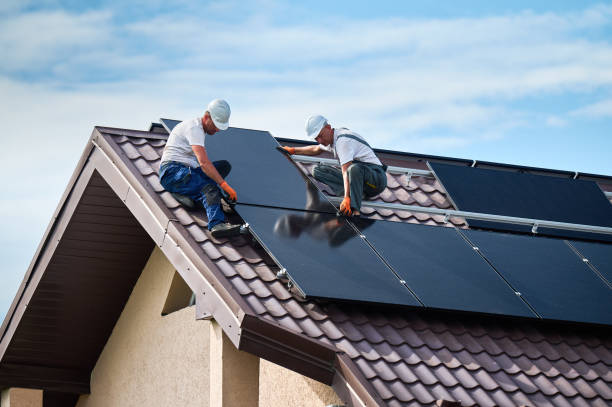
In terms of bulk purchases, there is also room for cost reduction. If possible, families can jointly purchase solar and battery energy storage systems with neighbors or other families. Due to the increase in the purchase quantity, suppliers are often willing to offer larger discounts, thereby reducing the average cost for each family.
The second-hand market is also an area worth exploring. Sometimes, well-conditioned solar panels and battery components can be found in the second-hand market. However, when purchasing second-hand equipment, one needs to be particularly cautious and carefully evaluate its performance, remaining lifespan, and whether there are potential problems. Sellers can be requested to provide detailed usage records and inspection reports, or professional inspections can be arranged to ensure that the second-hand equipment purchased can meet the needs and operate reliably.
Improving the energy efficiency of the household is an often overlooked but very effective way to reduce costs. By using energy-efficient appliances, optimizing the lighting system, strengthening the insulation of the house, etc., the demand for solar and battery energy storage systems can be reduced. For example, replacing traditional incandescent bulbs with energy-efficient LED bulbs can significantly reduce lighting electricity consumption; installing smart sockets and timers to control the usage time of appliances can avoid unnecessary energy waste.
Selecting the right installation time can also bring certain cost savings. The business of installers usually has off-seasons and peak seasons. During the off-season, due to the relatively small number of orders, installers may launch some discount activities or preferential packages to attract customers. Therefore, communicating with installers in advance, understanding their business cycle, and choosing the right time for installation can enjoy certain price discounts.
Participating in community solar projects is another way to reduce costs. In some areas, there are community solar projects jointly invested and constructed. Families can participate in these projects to share solar power generation and energy storage facilities at a lower cost and contribute to the sustainable development of the community at the same time.
To sum up, reducing the cost of home solar and battery energy storage systems requires comprehensive consideration of multiple factors and the adoption of various strategies and methods. Through optimizing the system scale, selecting the right products, utilizing policy support, self-installation (under the condition of having the skills), bulk purchases, paying attention to the second-hand market, improving energy efficiency, selecting the right installation time, and participating in community projects, etc., it is possible to achieve energy self-sufficiency and environmental protection goals while reducing the economic burden and allowing more families to benefit from the convenience and benefits brought by renewable energy technologies.
In the future, with the continuous advancement of technology and the gradual maturation of the market, it is believed that the cost of home solar and battery energy storage systems will further decrease, creating more favorable conditions for their widespread application.
Contact us
- Email:[email protected]
- Tel: +86 13651638099
- Address: 333 Fengcun Road, Fengxian District, Shanghai
Get A Quote Now!
Read more
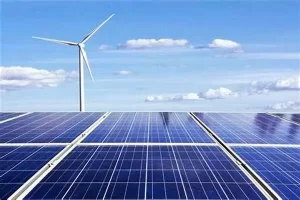
Unveiling Photovoltaic+Energy Storage: Four Major Application Scenarios Leading the Future of Energy
In this way, the energy landscape is evolving, and one of the most thrilling developments in renewables is the integration of photovoltaics energy storage.
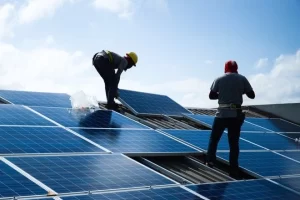
From Theory to Practice: Four Methods for Estimating Photovoltaic Power Generation
Photovoltaic power generation has become an essential part of modern energy solutions, particularly in home solar systems and distributed power applications

Rack-Mounted Lithium Iron Batteries: Creating Efficient and Reliable Energy Storage Solutions
When it comes to modern energy solutions, rack-mounted lithium iron batteries are taking center stage in a variety of industries. Whether you’re powering data centers, stabilizing energy for households, or keeping critical systems online at 5G base stations, these batteries have become the unsung heroes of our electrified world.
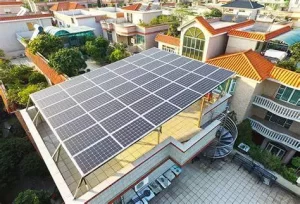
Late Night Energy Saving Tips: How to Maximize Electricity Savings During Off-Peak Hours
With rising energy costs, homeowners are increasingly exploring innovative ways to save on their electricity bills. One effective approach is utilizing off-peak hours—times when electricity rates are significantly lower due to reduced demand.
